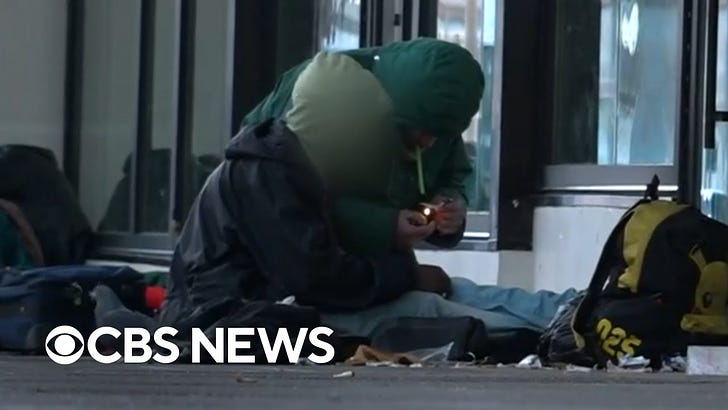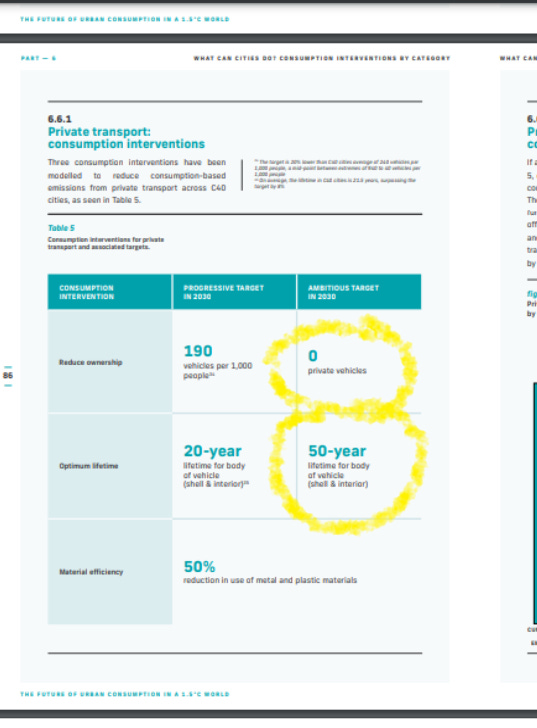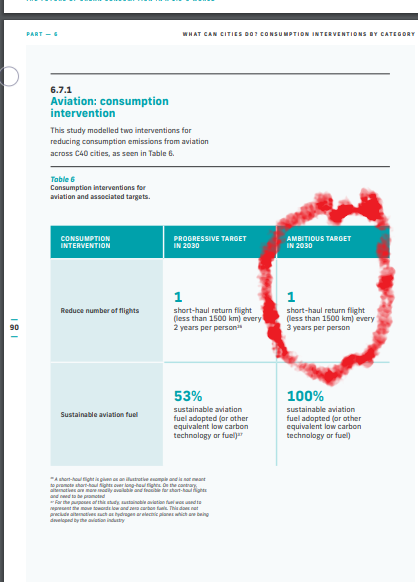15-minute City
15-minute Neighbourhoods
20-minute Neighbourhoods
10-minute City
10-minute Neighbourhoods
20-minute City
Complete Neighbourhoods
Superblock
1-minute City (yikes)
10-minute Town
15-minute Community Life Circle/Cycle
Complete Communities
Liveable Neighbourhoods
Proximity City
15-minute Region
20-minute Town
45-minute City
Community of Communities
Healthy Neighbourhoods
Walkable Neighbourhoods
Walking City
The following and above is taken from and EU Study I link and attach (my observation is that links go down or become password protected recently).
Mapping of 15-minute City Practices Overview on strategies, policies and implementation in Europe and beyond
I like to think the disapearing linksas a sign we are winning. Cultivate that winning attitude.
“Practice Showcase 01: Paris, France One of the plans of Paris’ Ville de quart d’heure (15-Minute City) is to convert buildings that traditionally have only one purpose into multi-purpose buildings. Examples include housing mixed with local businesses (e.g., apartment blocks with retail on the ground floor), entertainment facilities containing medical centres, and offices with educational buildings. The most emblematic example of the city’s multi-purpose building strategy is the Les course Oasis initiative, through which school buildings and playgrounds are open to the public out of school times. As a result, the utility of existing facilities is increased, in this case providing the community with new green and cool places as well as sports facilities.”
“Practice Showcase 02: Portland, USA Under the Complete Neighborhood (CN) strategy, the city of Portland is heavily investing in sustainable modes of transport including the development of mobility hubs with frequent PT services, connected to safe walking and cycling routes, linking the neighbourhood centres to employment areas and the city centre. These safe walking and cycling routes are part of the “neighborhood greenways”, a network of walking and cycling routes (sidewalks, bike lanes, greenway trails and bike-friendly green streets) that connect the essential activities in the neighbourhoods. The new routes are mainly built by reallocating road space, with, for example, during the COVID-19 pandemic more than 90 miles of car lanes being transformed in greenways (which also includes tree planting).”
Also Portland
But you know moving that wonderful 15 minute city concept.
“Practice Showcase 05: Barcelona’s Superblocks, Spain Superblocks (Supermanzanas / Superillas) consist of merging nine city blocks (3X3), inside of which car traffic is heavily restricted (only for local residential access) and walking and cycling have priority through shared spaces. Through traffic is confined to the outer edges of the superblock. Consequently, a significant share (60-70%) of car road space within the superblock can be repurposed for alternative public uses, including the creation of new squares, green spaces, and the development of walking and cycling infrastructure. This urban model is notable for its scalability, applicable to both new urban developments as well as the revitalization of suburbs and city centres. Practice
Showcase 06: Neighbourhood audit committees of Brampton, Canada The city of Brampton (Canada) will conduct audits of its neighbourhoods to determine the requirements for achieving a complete neighbourhood. The audits involve neighbourhood audit committees of residents and business owners working closely with city officials. The neighbourhood audit committees will remain active after plans are adopted to monitor the plan’s implementation.”
ALSO BRAMPTON NO MORE SEX BASED CHANGE ROOMS AT SWIMMING POOLS. WHERE YOUR GIRLS AND GRANDMA GET TO KNOW WHAT’S BEHIND THE SPEEDO.
“As part of an initiative to revitalize the city’s community centres, Brampton has been doing away with male-female changerooms at several of its swimming pools, with five of the city’s ten pools exclusively providing an all-sex changeroom.” https://tnc.news/2024/06/20/brampton-city-council-gender-inclusive-changerooms/
“Practice Showcase 07: Evaluation framework of Edinburgh, Scotland Edinburgh uses the Scottish Index of Multiple Deprivation (SIMD) to measure the level of deprivation of the city’s neighbourhoods with respect to seven categories: Income, Employment, Education, Health, Access to services, Crime, and Housing. The scores are used to guide the strategy of implementing the 20-Minute Neighbourhoods.”
ALSO EDINBURGH This Scottish City Just Banned SUV And Airline Ads.
https://www.forbes.com/sites/davidrvetter/2024/05/30/this-scottish-city-just-banned-suv-and-airline-ads-heres-why/
“Practice Showcase 10: Milan, Italy Milan’s 15mC strategy is based on two main pillars: 1. Reorganization of its neighbourhoods by promoting decentralized services. This includes providing more space for local shops instead of shopping districts and large malls; developing local medical services; and the “Milan School Oasis” initiative. Through the initiative, schools are open to the public as green spaces, and supplementary educational activities are organized.
2. Redistribution of public space through the “Open Piazza in Every Neighbourhood” initiative, which aims to construct new open public spaces – piazzas – using tactical urbanism designs. Another initiative is “Open Streets”, which consists of a series of measures aimed at repurposing car space for cycling, walking, and outdoor dining. Notably, this involved the construction of 22 km of temporary cycling lanes and the introduction of a 30 km/h city speed limit on 60% of the road network. Both initiatives were implemented through a participatory planning approach, with citizens able to suggest locations for the interventions.”
Also Milan
“Milan is set to introduce a temporary ban on private vehicles from operating during the day in the city centre to improve air quality levels in its capital. To enforce the ban, cameras will be installed along the Corso Venezia to record traffic and prevent entry to private cars.”
https://urban-mobility-observatory.transport.ec.europa.eu/news-events/news/milan-see-temporary-vehicle-bans-high-levels-air-pollution-2024-03-08_en#:~:text=As%20a%20result%2C%20Milan%20is,prevent%20entry%20to%20private%20cars.
“Practice Showcase 11: Fredrikstad, Norway This small city, with a population of less than 100 000 inhabitants, aims to develop a compact urban structure, where all residents have access to their everyday activities within a walking distance of about 1 km. To achieve this vision, the city has defined the following four main objectives: 1. Strengthen and prioritise the general and specific qualities in urban life accounting 2. Improve walking and cycling infrastructure 3. Establish methods for participatory planning in the urban space development 4. Use urban life accounting as a strategic tool in the continuing work of public space development Among others, the city aims at creating an “urban laboratory” in the city centre to function as a meeting point for dialogue and exchange of ideas between the city and its residents.”
Remember to always circulate this document. Chapter 6 is a doozy
.
There is enough information to warrant the people understand the 15 minute city. That it is not a conspiracy and that it has a directionality.
ALSO NORWAY
Norwegian Airlines shuts bases in Stavanger and Trondheim amid cost-cutting measures, sparking employee protests
https://www.aviation24.be/airlines/norwegian-air-shuttle/norwegian-airlines-shuts-bases-in-stavanger-and-trondheim-amid-cost-cutting-measures-sparking-employee-protests/
The language of the 15 minute city includes how to describe it. and what also seems to accompany it. consumptive intervention restrictions.





Seems as if the 15-minute lockdowns from town to city are rolling in the same way covid shenanigans were done. In small don't notice steps, accepting this small thing... Bike lane, tree planted, flowers.
Then another small thing, and another. All attached to...it's your fault we are in this climate change emergency.
Scolded as if a child... "You want to survive? Then this small thing helps... we're all in this together".
If have a thinking mind, then as done to the unvaxed, be labeled an evil denialis. Complaining there is no parking at grocery stores, work, and new apartments buildings will probably ding down your carbon credits.
Stocking thousands of little 15-minute food/retails stores will be difficult and slow. Thus will have new normal helping climate limited selection.
Which leads to 3 sets of clothing per year dropping calmly into place. And stores filled with bugs and on site lab printed food. Of course limited availability because food tied to carbon and social credit scores.
With every little and confusing step forward. And still talked to as if a child... The planet is getting worse... you must do better.
Will people even notice any of the dramatic changes over the next 5 years?
How very feudal!